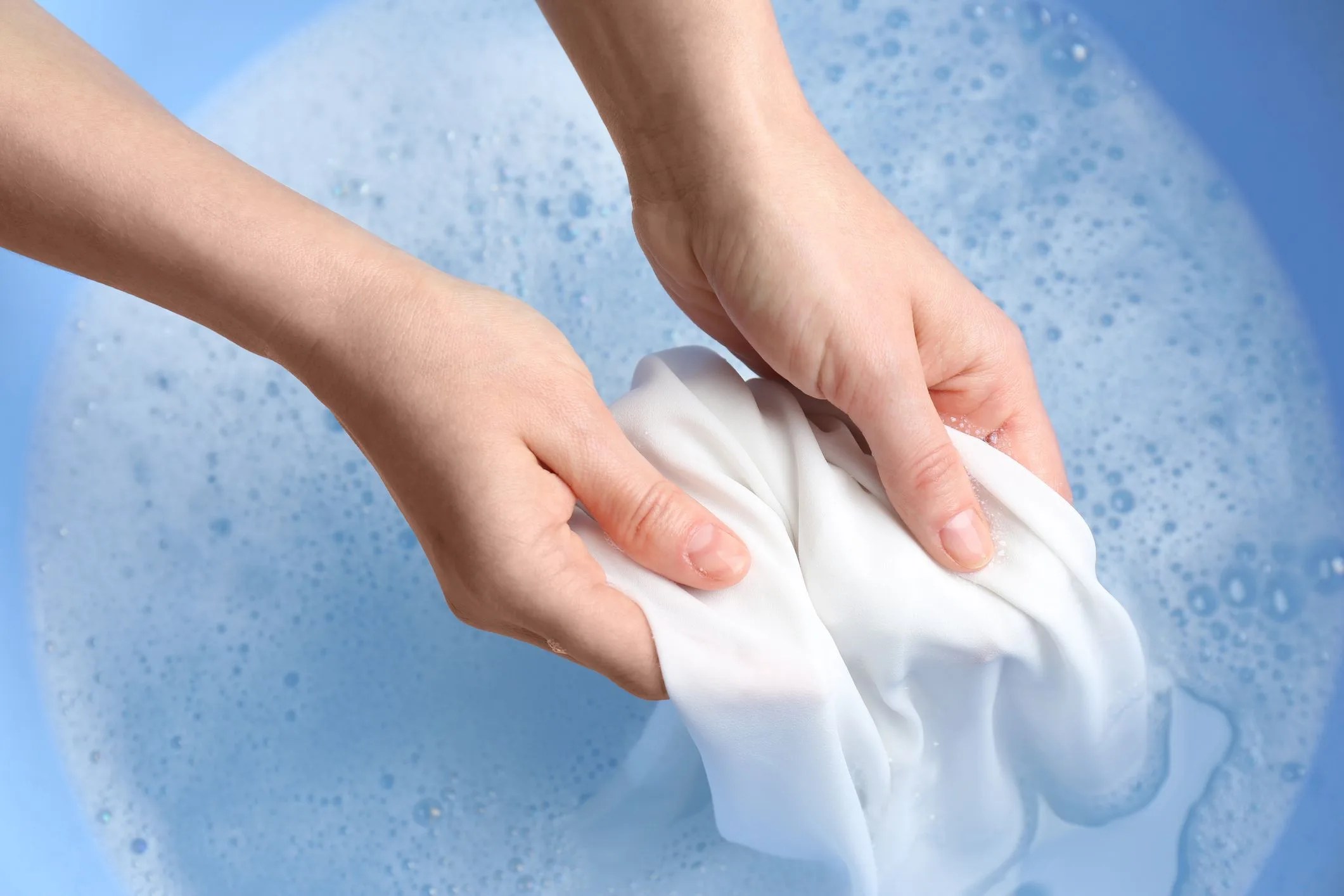Washing your clothes by hand sounds like a tedious task — something that should’ve been eradicated from our daily lives when the washing machine was invented. If you don’t have a washer and dryer, there’s probably a laundromat across town or around the corner from where you are right now.
But hand-washing can be an easier, cheaper way to wash one or two items for folks living alone. Plus, hand-washing is probably the only way, except for dry cleaning, which costs even more money than going to a laundromat, to clean delicate items made from cashmere or wool. It’s also a smart option for vintage items, too, because 20-year-old T-shirts aren’t nearly as durable as ones fresh off the rack.
So don’t write off hand-washing as archaic or too daunting. It’s actually really easy. Here’s how to do it, the right way.
What You’ll Need
- Your dirty clothes
- A bucket, tub or a clean sink with a stopper
- Gentle or hypoallergenic detergent
- Water
- Stain remover
- Two towels
How to Hand-Wash Regular Clothes
Step #1: Read the care tag.
Find the care tag on the clothes you’re planning to wash. This tag is typically found where the size and brand label are, but it could also be at the hem of a T-shirt or near the interior pocket on a pair of pants. This tag will tell you what temperature water the garment can withstand and whether or not a special detergent should be used. (Hot water is known to shrink things.)It will always dictate how hot or cold the water should be, but if it doesn’t explicitly mention detergent, best to stick to a gentle one.
Step #2: Pre-treat serious stains.
If your garment is seriously stained or soaked in red wine, ketchup or oil, try pre-treating these stains before washing the item by hand. You should, however, avoid using stain removers on cashmere, silk or wool items, because alkaline cleaners are typically formulated for cotton or synthetic materials specifically, meaning they could damage more delicate fibers.
If your item is made from cotton or polyester, spray the stain remover on and rub the material together, loosening the stuck-on stain. You can let it sit if you want, but you can also jump right into the next step if the stain isn’t too bad.





